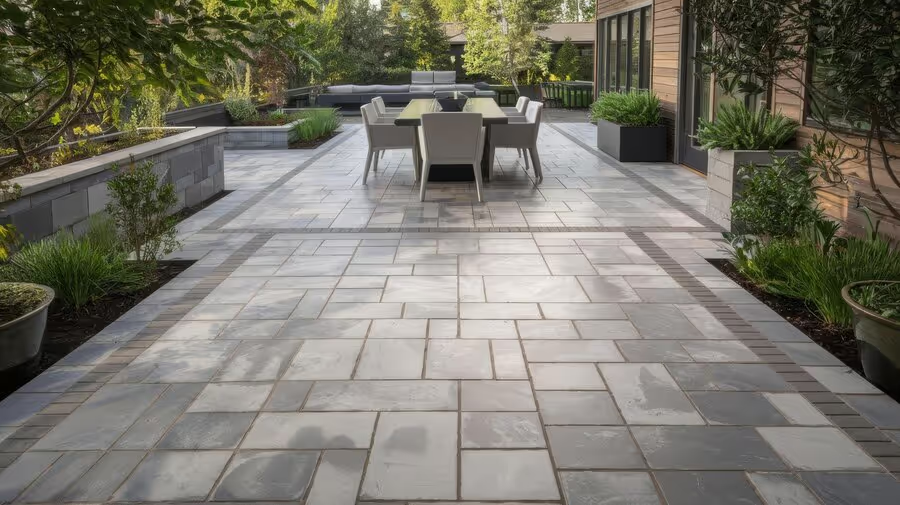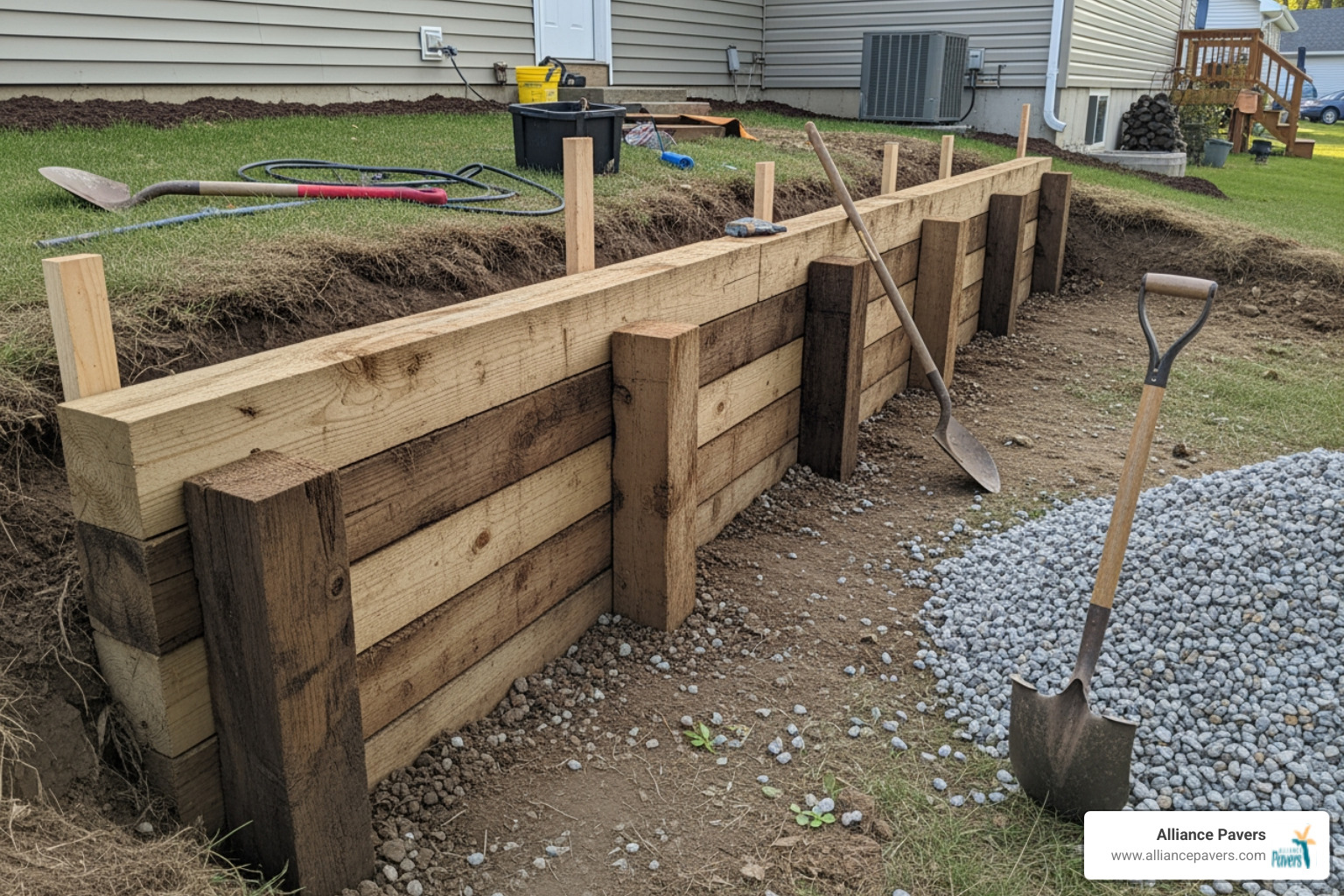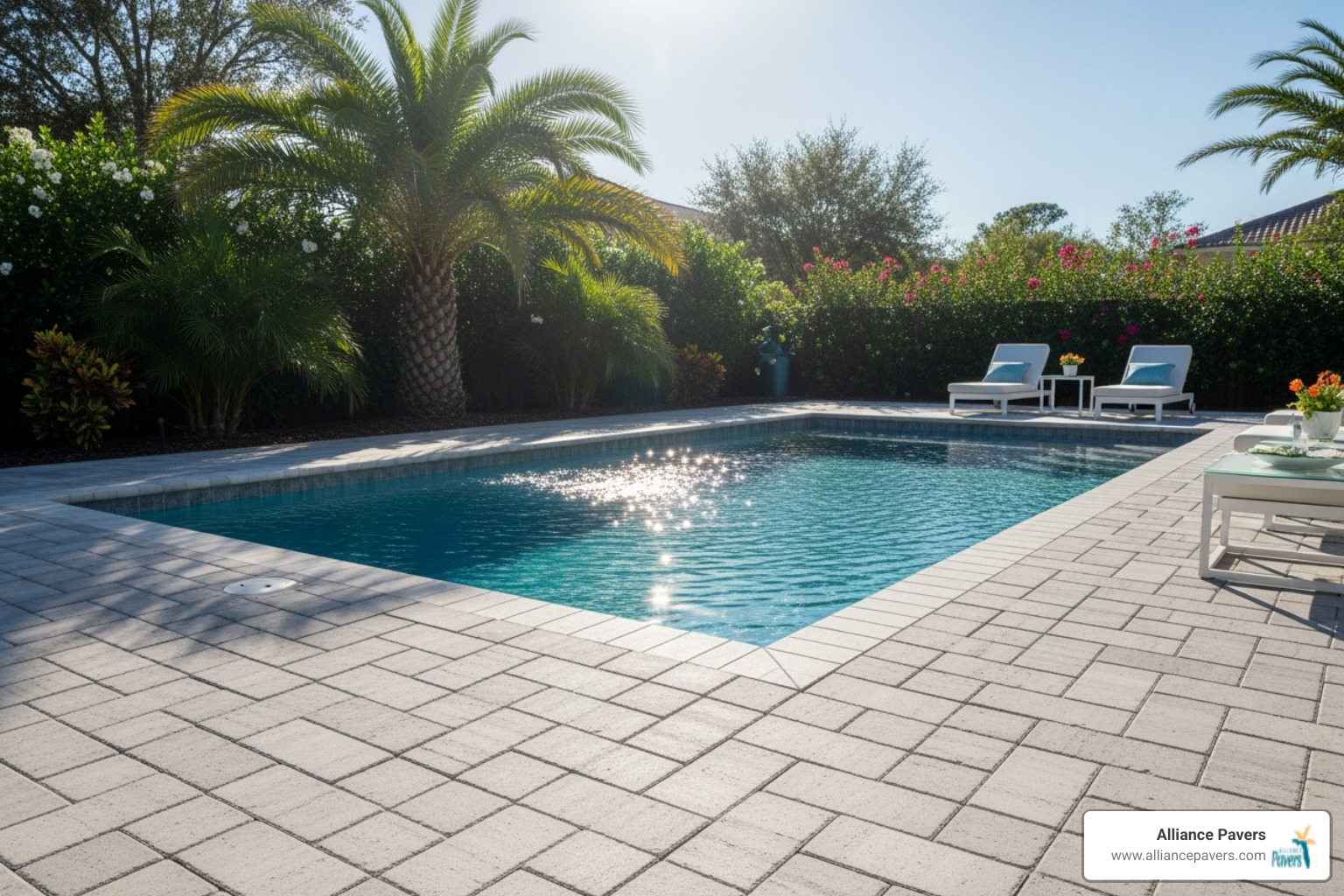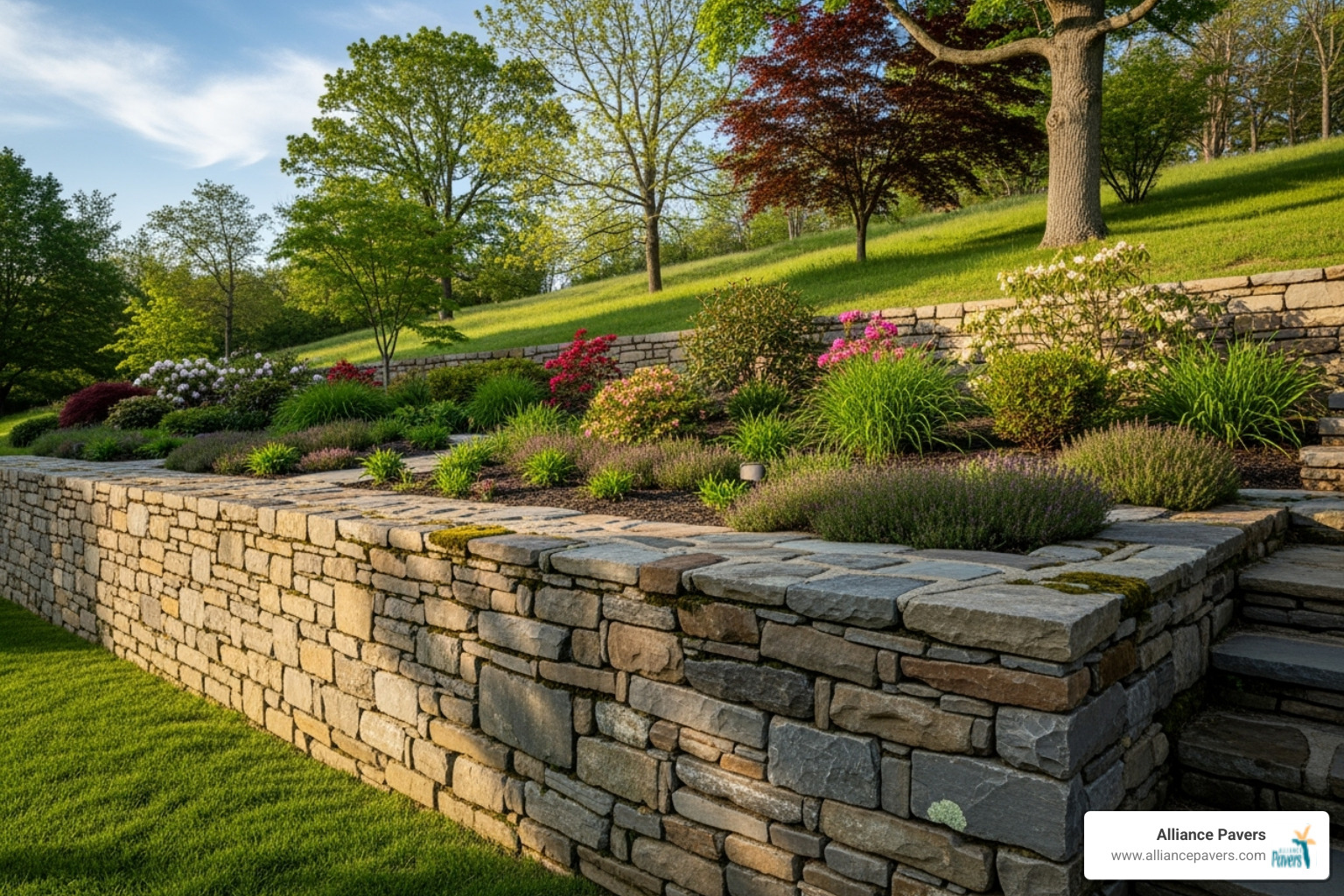Preventing Stone Patio Cracks in St. Cloud
Stop cracks before they start with our tips for preventing stone patio damage in St. Cloud. Alliance Pavers shares proven methods for lasting durability.

A well-made stone patio can totally change how a backyard works and feels. It's where summer cookouts happen, where kids drop their beach towels after the pool, and where friends gather for a quiet chat once the sun goes down. But when cracks start appearing, that smooth, good-looking surface turns into something that looks worn and feels uneven. Taking care of those stones isn’t just about keeping things pretty—it’s about making sure your investment lasts through more than just one season.
In St. Cloud, the thick summer humidity, followed by surprise downpours or days of intense heat, can really take a toll on patio surfaces. Cracking doesn’t happen all at once. It starts small—maybe a faint line you brush off at first. But over time, those little faults widen, let in more water, and soon enough you're dealing with weed growth and loose pieces. Keeping cracks from happening in the first place goes a long way. For that, you’ve got to understand what causes them.
What Causes Stone Patios to Crack?
Cracks don’t just come from walking on the patio too much. There are other things going on under the surface—literally and figuratively. Whether it starts with the weather or the ground underneath, these issues often work together to create weak spots.
Here are the common causes behind those unwanted cracks:
- Ground shifts and settling: The soil under a patio doesn’t always stay still. Natural settling or shifts after heavy rainfall or dry spells can cause that solid surface above to shift or break. Even slight ground movement can lead to visible damage over time.
- Weather extremes: Between summer storms and harsh UV exposure, St. Cloud patios go through a lot. Constant changes from wet to dry and hot to cool can make patio stones expand and contract. That motion might not be obvious at first, but it creates stress that leads to cracks.
- Unstable or poorly installed base: It all starts with what’s under the stone. If the base isn’t thick enough or compacted well, the patio is just sitting on a surface that gives way. Weak or uneven foundations usually show themselves with spreading cracks or low spots.
One example we’ve seen is a family patio built a few years ago without a proper sub-base. It looked fine when it was first installed, but after a few seasons and a lot of use, cracks formed around the center near the fire pit. When the ground settled differently under that spot, the stones didn’t have the support they needed. That type of avoidable issue is why prep work matters just as much as the final layout.
Simple Ways to Prevent Patio Cracks
Nobody wants to spend every weekend patching up their patio. Preventing cracks doesn’t mean constant work—it means building smart and doing the right touch-ups at the right time. Saving yourself from future problems starts with how the patio is designed and built. From there, small habits help keep it looking good.
Try starting with these steps:
1. Build on a strong base: The foundation matters more than the surface. Make sure the base layer is deep enough, properly compacted, and well-drained.
2. Choose high-quality materials: Certain types of stone resist wear and temperature changes better than others. Go with options that hold up in outdoor environments like St. Cloud’s hot, rainy summers.
3. Seal the surface: Using a proper sealant helps protect the stone from soaking up water or sun damage. Sealants also reduce fading and slow down erosion that can eat at the edges.
4. Inspect early and often: Walk the patio and check for small cracks. Catching problems early gives you a better chance of fixing things before they spread.
5. Fix small issues quickly: Filling smaller cracks or re-leveling shifted stones keeps things safe and prevents those little problems from turning into bigger ones.
This kind of attention—especially at the start of summer or right after a storm—can keep the space safer and nicer to use. Ignoring problems lets them grow. A little upkeep now means fewer surprises later. And the patio that stays in good shape is the one that’ll keep hosting memories all year long.
Choose Stones That Can Handle Florida Conditions
Not all stones are built the same. Some hold up better in outdoor spaces, especially during the summer heat and sudden rainstorms you get in St. Cloud. Picking the right type of material makes a difference in how well your patio handles the wear and tear over time.
Granite and sandstone are strong choices if you're looking for something that lasts through hot, wet, and humid stretches. They can take a lot before they start to crack or chip. Travertine is another one to look into if you're after something that stays cooler underfoot – helpful when the sun’s out in full force.
Patios around here are also better off using materials that have a little flexibility. Even a bit of give helps cut down on cracking when there's a slight shift in the ground. Stones with some naturally porous structure tend to absorb small movements better than harder, rigid ones. That way, if the soil under your patio shifts a little, your stone doesn’t respond by snapping.
The goal is to make sure your patio materials match both the design you want and the conditions they’ll face. You don’t want to invest in something that breaks down after just a year or two. Especially not when the fix usually means pulling up whole sections to start over. Planning upfront with the right stone saves you the mess later on.
Know When to Call in a Pro
Some small cracks and loose stones can be spotted early and taken care of before things get any worse. But there comes a point when it’s no longer a one-person job. If your patio is pooling water every time it rains, or if whole pieces start shifting when you walk over them, it’s time to get help. Those are signs the base below has moved, and more damage is coming if it’s ignored.
Here are some other signs to watch for:
- Cracks that keep widening season after season
- Stones that stick out or sink noticeably from the rest
- Drainage issues or water stains that don’t go away
- Uneven surfaces that feel unsafe to walk on
Once those problems show up, a simple filler or surface-level repair probably isn’t enough to fix it. That’s where it helps to have someone take a full look at what’s going on underneath. A professional can figure out if it’s happening because of drainage issues, poor foundation, or long-term wear. They’ll break down what needs to be fixed without covering up problems just to see them pop up again next season.
Getting a pro involved also means getting the right materials and tools for the job. That includes compacting the base properly, using compatible stones, and adding water channels or edges if needed. It isn’t just about fixing what broke—it’s about making it stronger than before, so your patio holds up through all kinds of weather.
Enjoy Your Outdoor Space Without the Cracks
A stone patio should be a place where you relax, host a barbecue, or just enjoy the evening breeze in St. Cloud—not something you stress about every time it rains or heats up. Staying one step ahead of cracks means picking smart materials, building a solid foundation, and keeping an eye on early signs of damage before they become costly repairs.
Whether you're starting fresh or trying to bring life back to an older patio, small changes in how it's installed and maintained can go a long way. And when the yard's in good shape, it makes spending time outside more inviting again. A patio built right lets you put your focus where it belongs—enjoying the time on it, not fixing what’s under it.
If you’re ready to enjoy a stunning outdoor area with a durable and weather-resistant stone patio installation in St. Cloud, Alliance Pavers is here to help you create and maintain a space that lasts. With top-quality materials and expert craftsmanship, you can expect a patio that stays beautiful through every season. For a quick estimate or to book a service visit, please contact us today.





